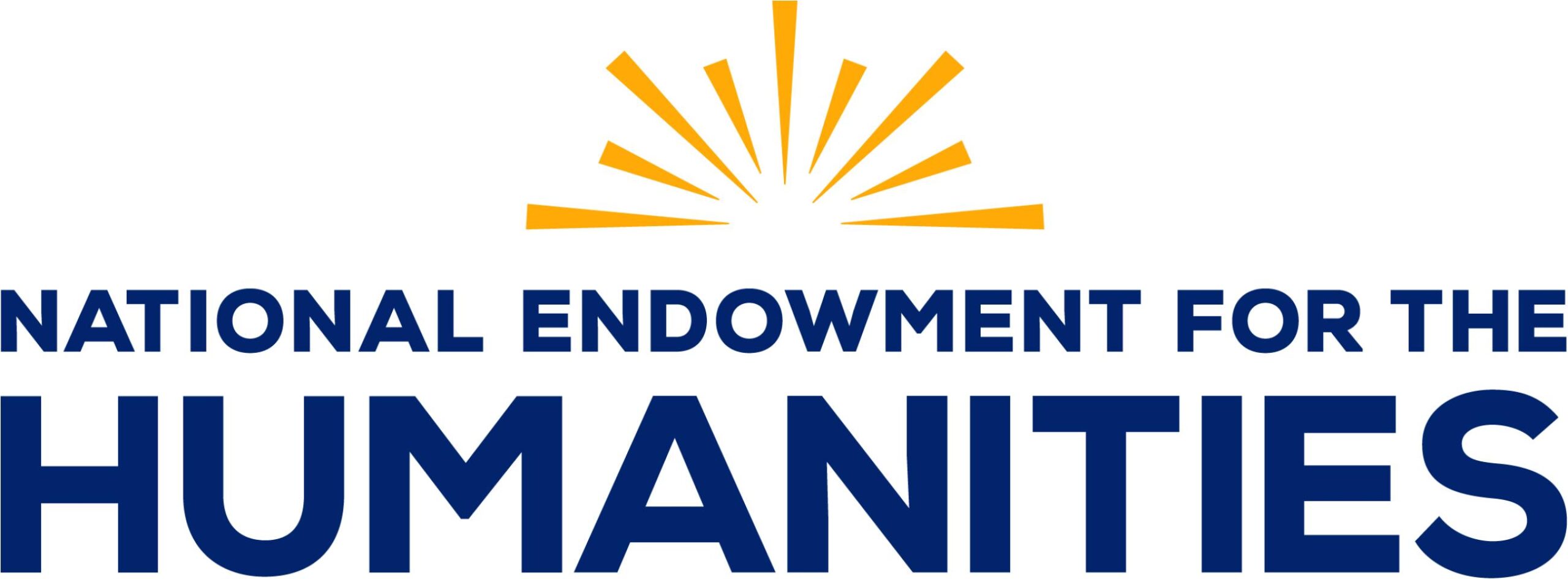
Teachers, Hartford Strike, 1968 – Hartford History Center, Hartford Public Library and Connecticut History Illustrated
Since the Code of 1650, which required children be taught English, catechism, and knowledge of the law, Connecticut has sought to educate residents and so equip them for productive citizenship. Higher education began early, with Yale’s founding in 1701. Public education evolved from the independent one-room schoolhouses that predominated through the late 1800s to the consolidated school districts and grade-specific classrooms familiar today. Throughout state history, champions have arisen to expand access to education. These include Prudence Crandall, who, in 1833, established the first academy in New England for African American women, and the American School for the Deaf, which has served the hard of hearing and deaf since 1817.
Featured
UConn and the Evolution of a Public University
From farming and war work to physics and sports, the University of Connecticut has diversified over the years and become New England’s leading public university. …[more]





